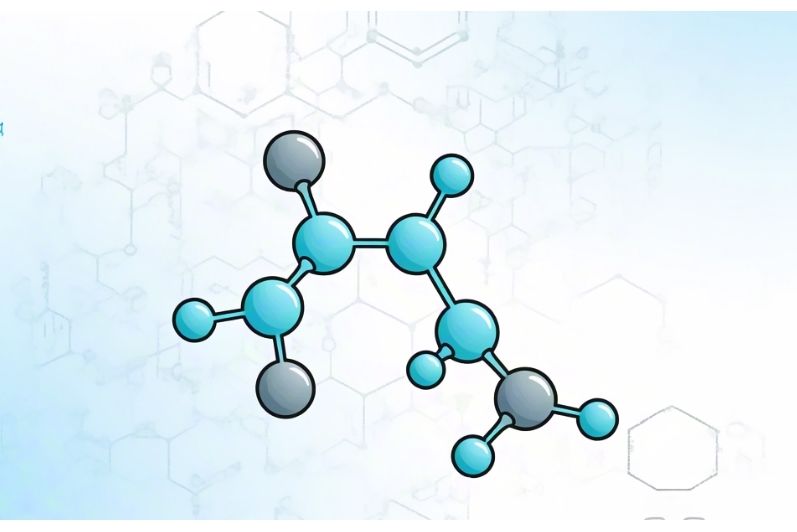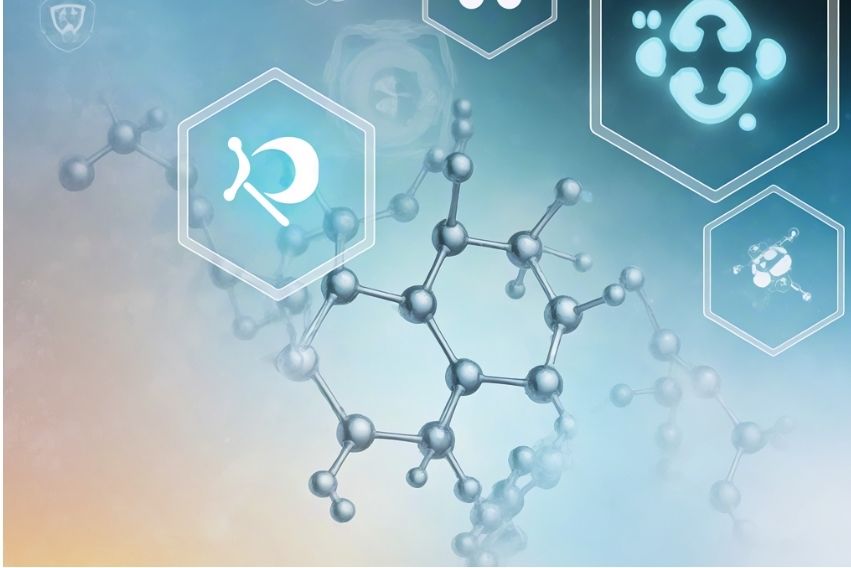Glycan-related Conformational Dynamics Prediction Service
Unlocking Biomolecules: Precise Glycan Conformational Dynamics
Glycans are compounds composed of many monosaccharides connected by glycosidic bonds or the carbohydrate part of glycoconjugates, which are involved in many important biological processes. Analyzing the interactions of glycans with proteins, lipids, and other biomolecules is crucial for understanding cellular processes, discovering therapeutic targets, developing therapeutic drugs, etc. CD BioGlyco provides worry-free Glycoinformatics-assisted Glycan-molecular Interaction Analysis Services to help clients unlock the interaction information of glycans with molecules such as Proteins, Lectins, Lipids, etc. Glycan Molecular Mechanics (MM) Simulation is an advanced computational technique that combines classical MM with quantum mechanics (QM) to study the dynamic behavior and properties of glycans at the atomic level. This hybrid approach models glycan structure, energetics, and interactions in detail, capturing large-scale conformational dynamics and complex electronic properties of specific regions of glycan molecules.
We provide specialized glycan conformational dynamics prediction services to help clients use computational techniques and algorithms to model and predict the dynamic behavior and conformational changes of glycans. Our services are as follows:
Glycan Structure Modeling
Use advanced computational tools to create detailed 3D models of glycan structures to understand their structure and function.
Dynamics Simulation
Use molecular dynamics (MD) to simulate the conformational space of glycans and observe the movement and interaction of glycans at the atomic level under factors such as temperature, solvation effects, and pH over a specific period.
Conformational Analysis
Analyze the data obtained from MD simulations to determine possible conformational states and transitions, identify major structures and transition states, and obtain information about the flexibility, stability, and reactivity of glycan structures.
Verification
Use nuclear magnetic resonance (NMR) and X-ray crystallography to verify the predicted conformations.

Publication
Technology: Biacore analysis, Molecular docking, MD simulations
Journal: Journal of biomedical science
IF: 9.0
Published: 2020
Results: The authors outline three methods for quantitative and qualitative assessment of the assembly process of glycoprotein or glycosphingolipid complexes: biacore analysis, molecular docking, and MD simulations. Biacore is used to measure small compounds or protein-protein complexes and does not require the use of fluorescent or radioisotope labels. Molecular docking is a computer simulation that studies the interactions between two or more component molecules. It calculates the conformers of glycans and proteins separately, and then assembles and scores the complex structure. MD uses the 3D structure of the complex to model and analyze the molecular interactions within the complex, revealing various glycan conformations with different energy levels.
 Fig.1 MD simulations compare the conformations of N-glycans in different cells. (Wang, et al., 2020)
Fig.1 MD simulations compare the conformations of N-glycans in different cells. (Wang, et al., 2020)
Applications
- Drug development: Predicting glycan-related conformational dynamics helps identify potential drug targets, especially for diseases such as cancer where glycosylation patterns are altered, thereby developing corresponding drugs.
- Vaccine development: Glycan conformational dynamics are crucial in the design of glycoconjugate vaccines. Accurate predictions help design antigens that trigger strong immune responses, thereby producing more effective and stable vaccines.
- Metabolic engineering: Obtaining information on glycan conformational dynamics helps optimize metabolic pathways for complex glycan biosynthesis.
- Glycan-Protein Interaction Analysis: Conformational dynamics prediction services help determine the binding affinity and specificity of glycan-protein interactions, which is critical for the development of therapeutic proteins and antibodies.
Advantages of Us
- We use the most advanced algorithms and machine models, integrate various data sources, and provide clients with highly accurate glycan conformational dynamics prediction services.
- Our glycan conformational dynamics prediction services are used in multiple fields such as drug development, vaccine development, and bioengineering.
- Our effective conformational dynamics predictions help clients reduce the need for expensive and time-consuming experimental procedures, thereby accelerating research progress.
- Provide customized prediction models and customized parameters suitable for specific glycan structures or research needs according to customer requirements.
Frequently Asked Questions
- Why develop glycan conformational dynamics prediction services?
Glycans play an important role in various biological processes such as intercellular communication, immune response, pathogen interaction, etc., affecting the occurrence and development of diseases. Accurate prediction of glycan dynamic conformation helps to understand the structural behavior of glycans under different conditions, identify potential disease markers, and develop corresponding vaccines, drugs, and antibodies.
- How long does it take to get the glycan conformational dynamics prediction results?
The turnaround time for glycan-related conformational dynamics prediction services may vary depending on several factors, including the complexity of the glycan structure, available computational resources, the specific algorithms requested, and the specific requirements of the analysis. Generally, it takes us a few days to a few weeks to deliver results to you. For an exact timeline, please feel free to contact our expert team and we will provide you with an estimated turnaround time after reviewing your requirements.
CD BioGlyco has developed a professional glycobioinformatics platform dedicated to providing clients with glycan-related bioinformatics services using computers and artificial intelligence. Please feel free to contact us for more information about our services.
Reference
- Wang, S. H.; et al. Dissecting the conformation of glycans and their interactions with proteins. Journal of biomedical science. 2020, 27(1): 93.
For research use only. Not intended for any diagnostic use.
Quick Links
Related Services



 Fig.1 MD simulations compare the conformations of N-glycans in different cells. (Wang, et al., 2020)
Fig.1 MD simulations compare the conformations of N-glycans in different cells. (Wang, et al., 2020)


